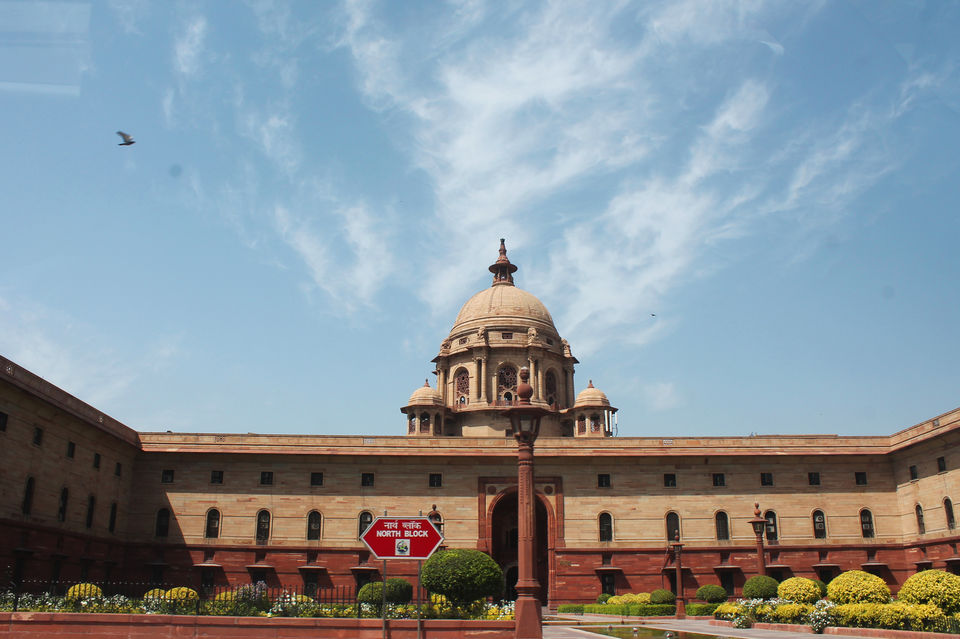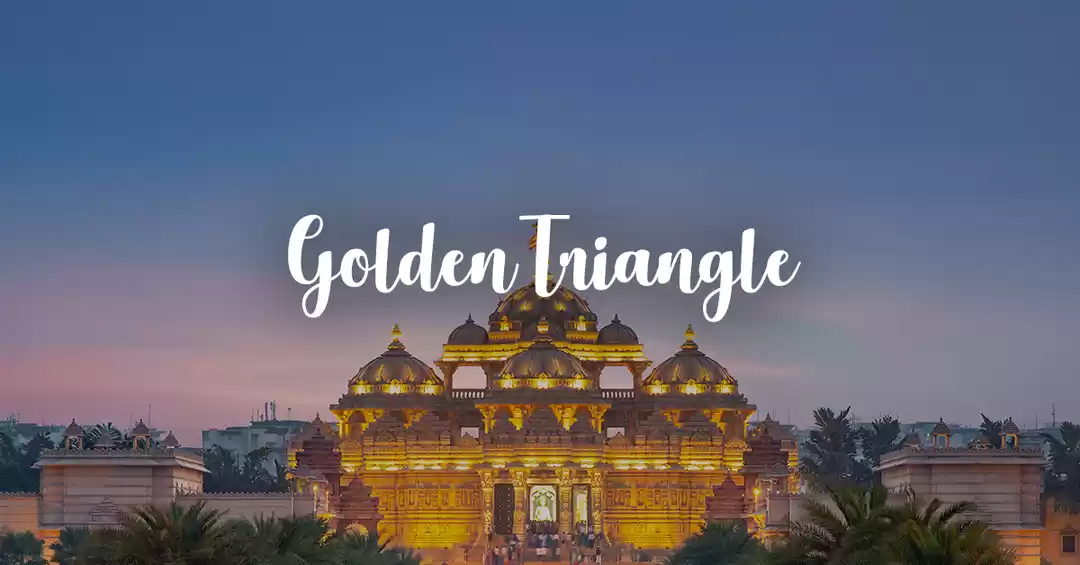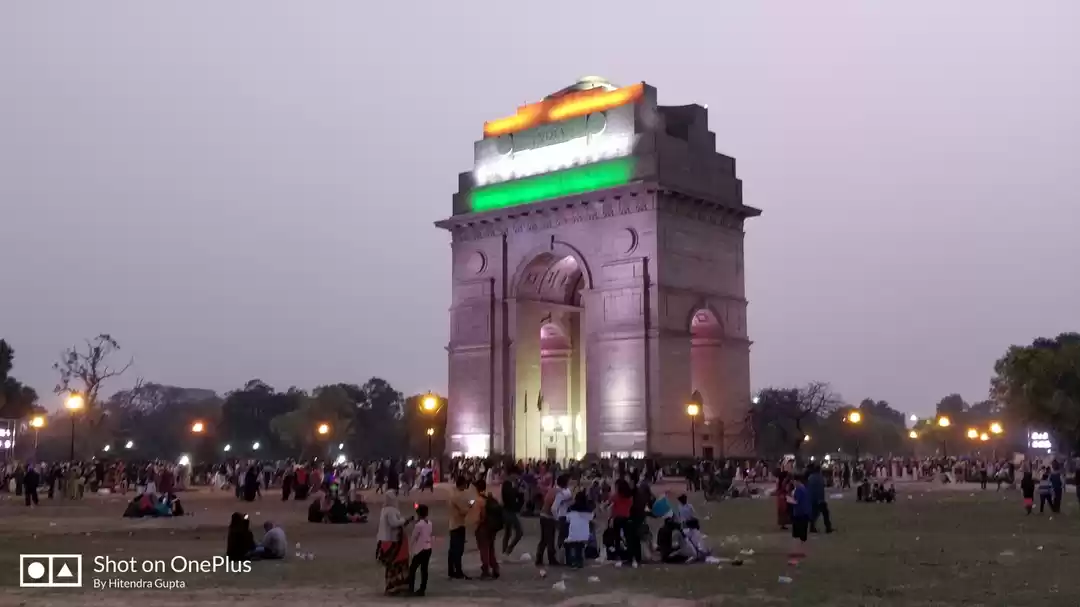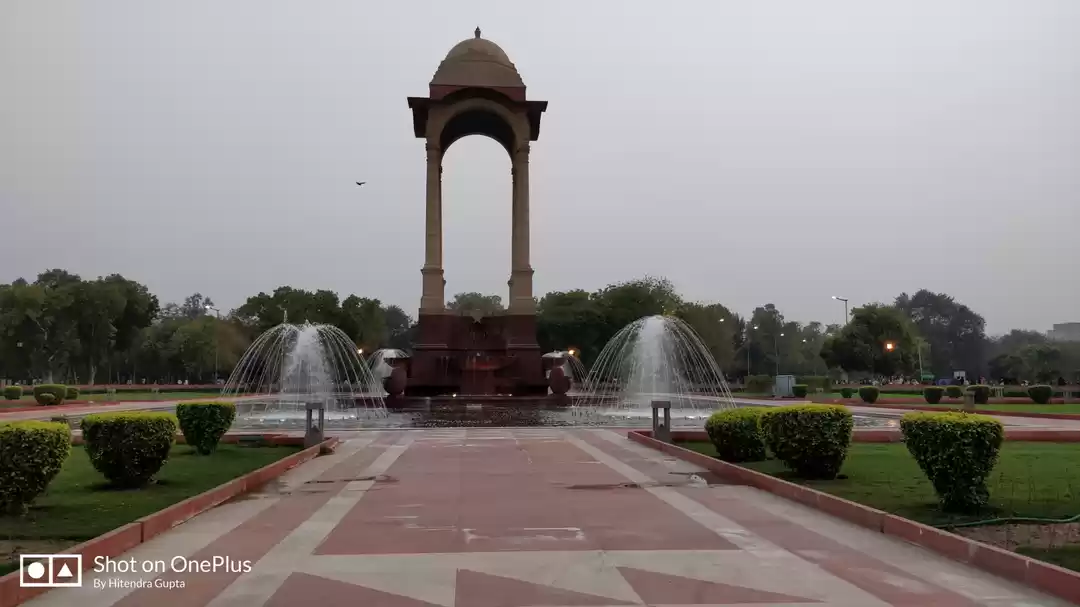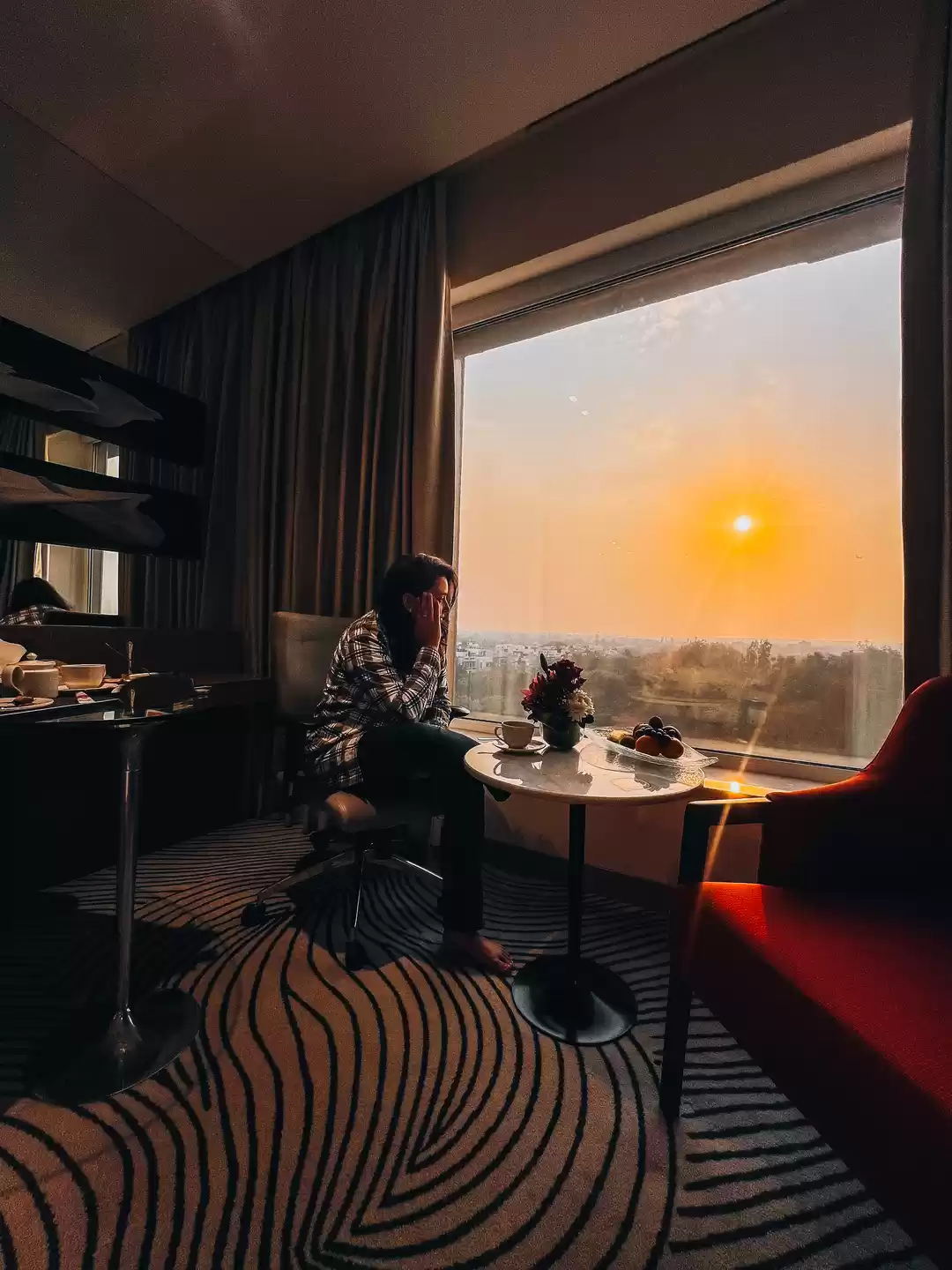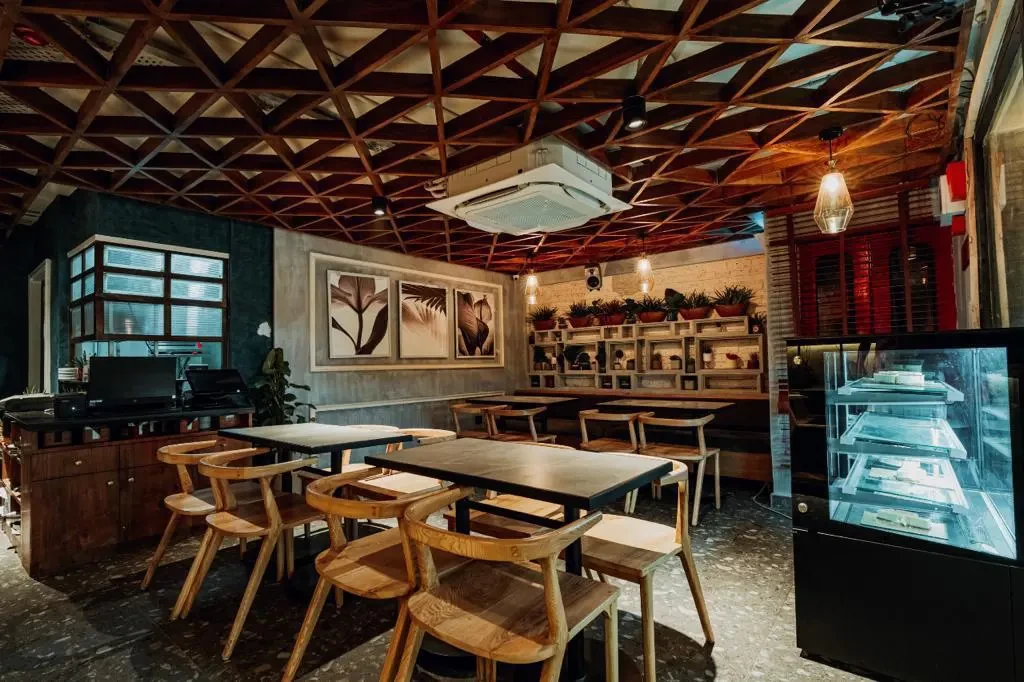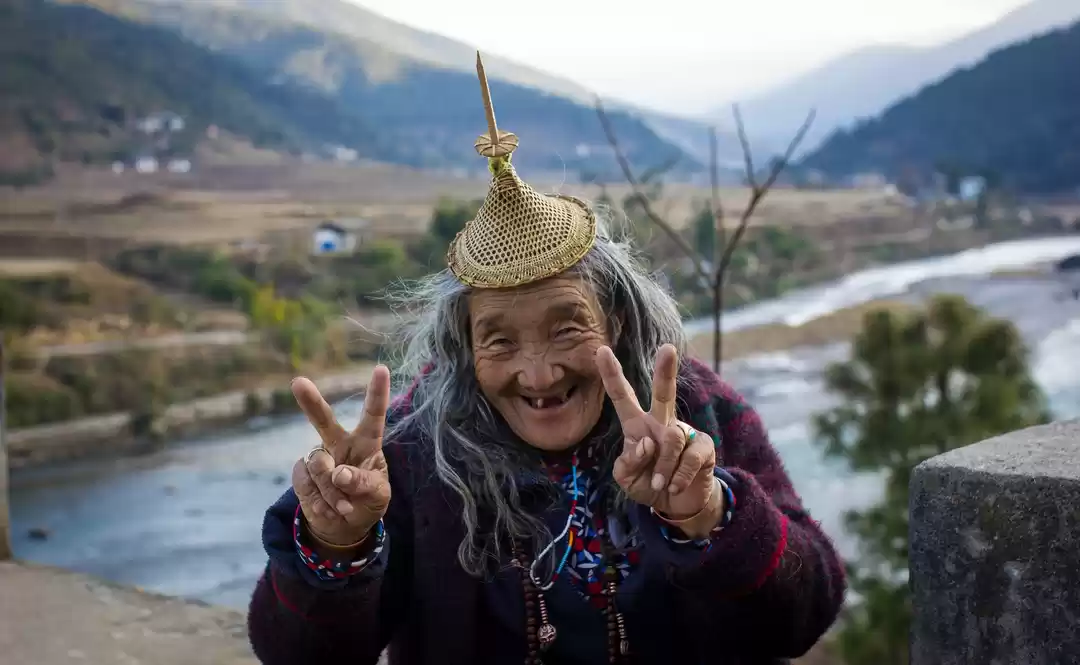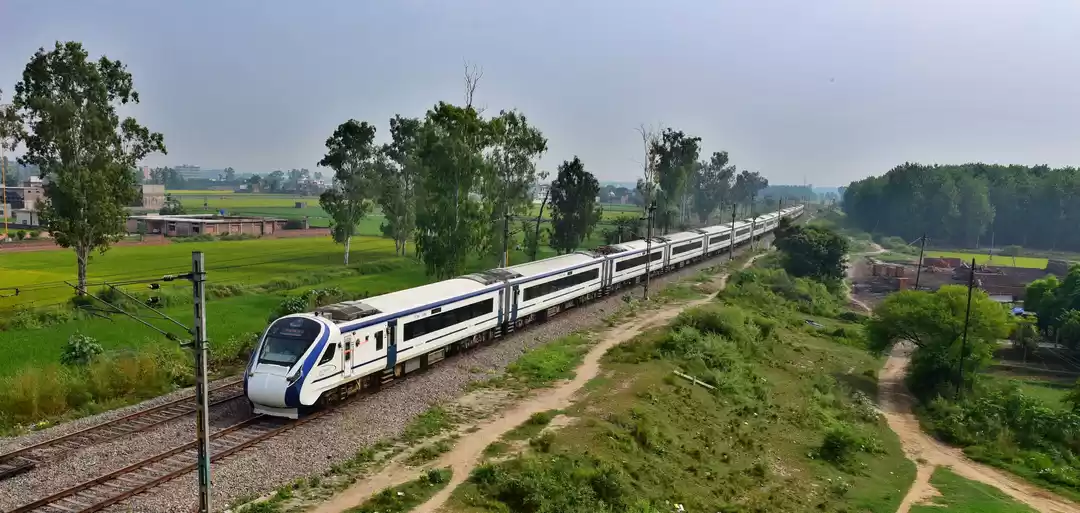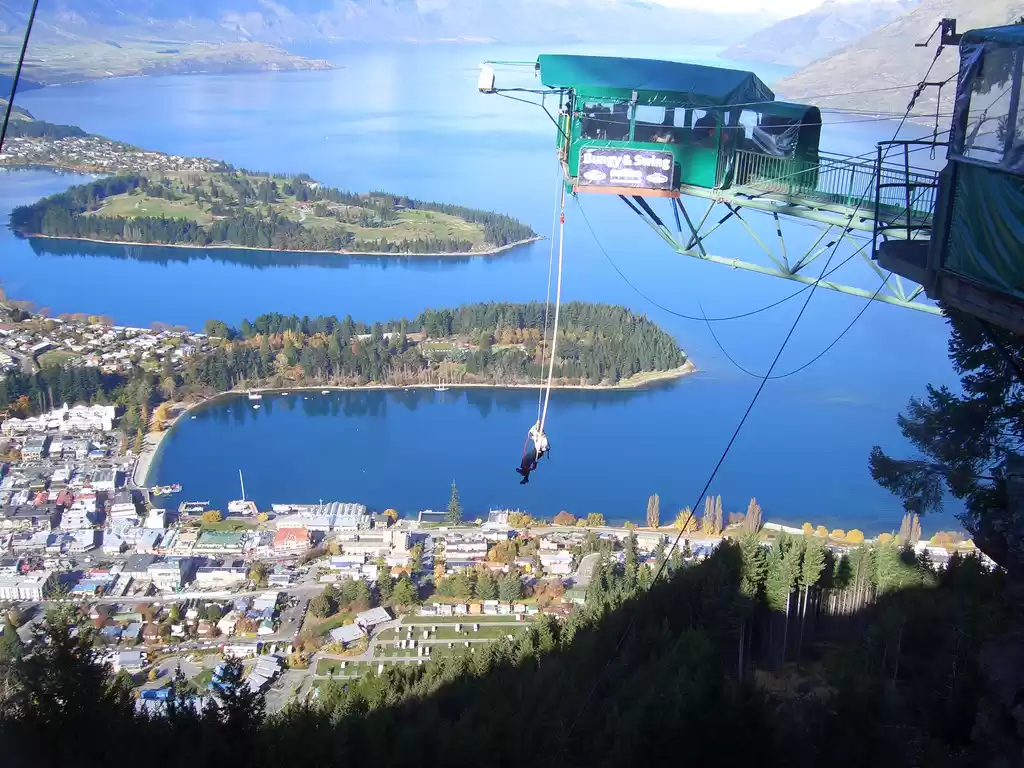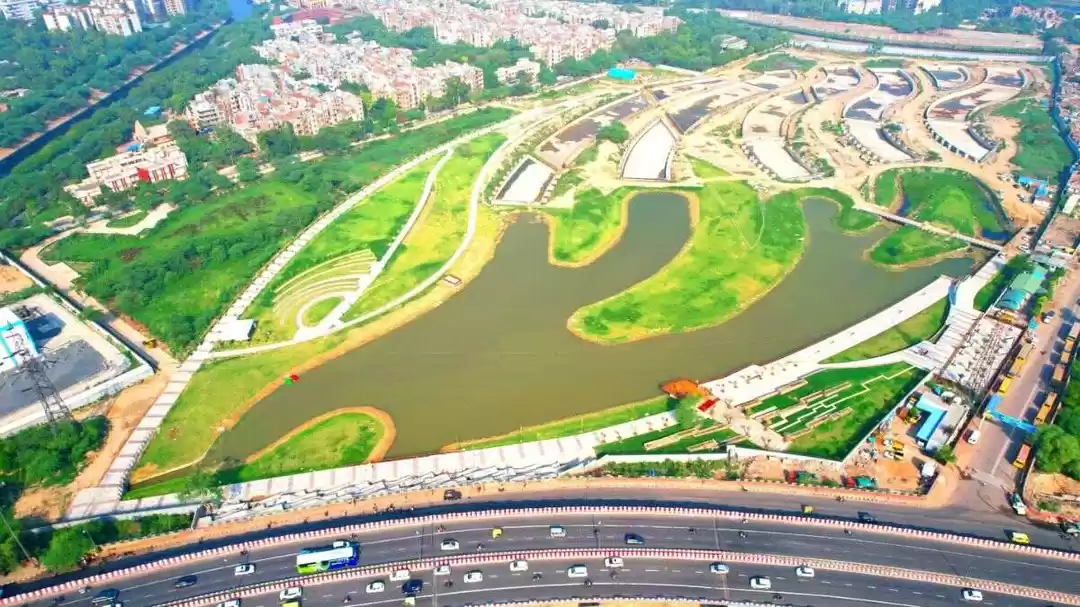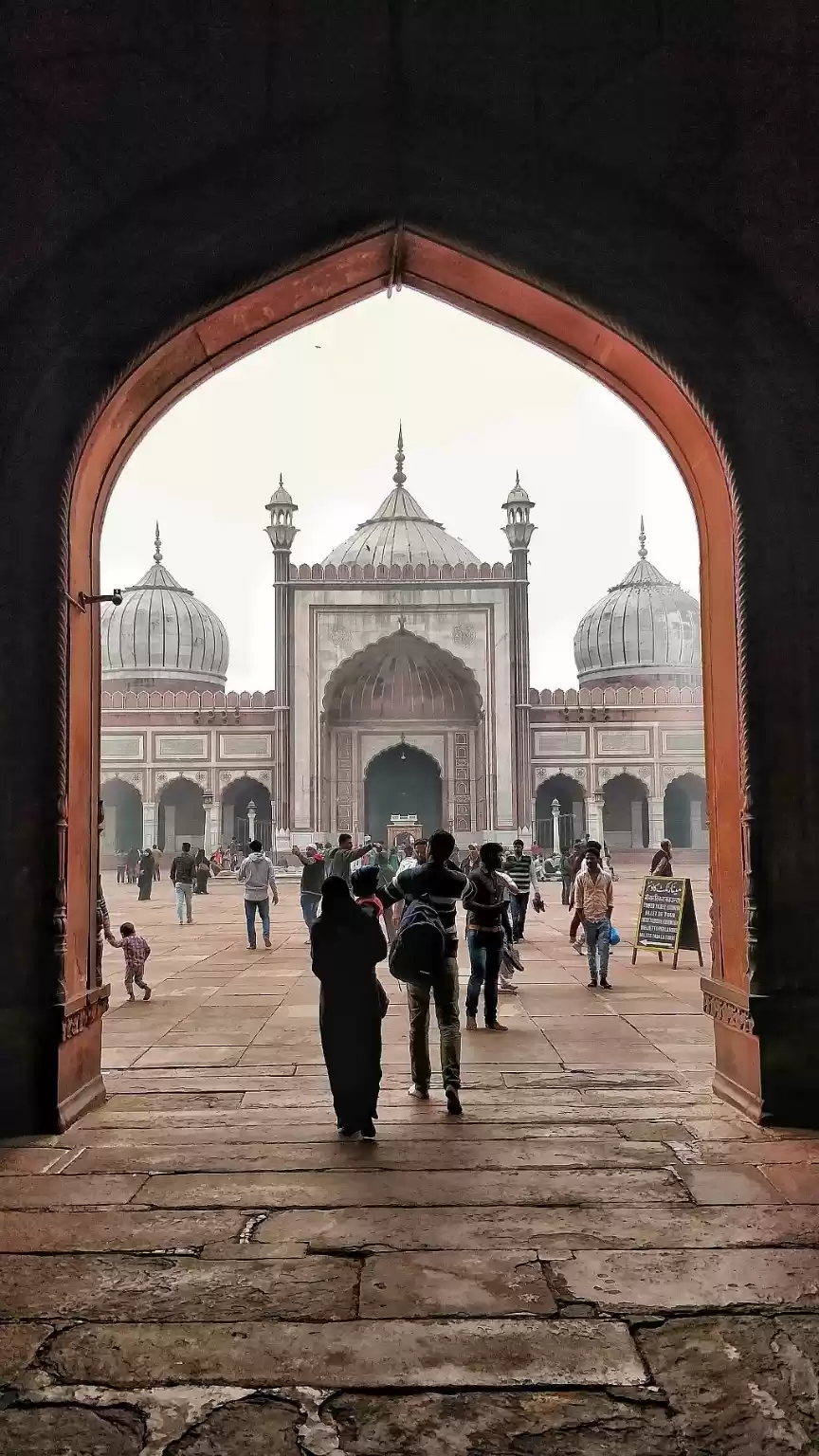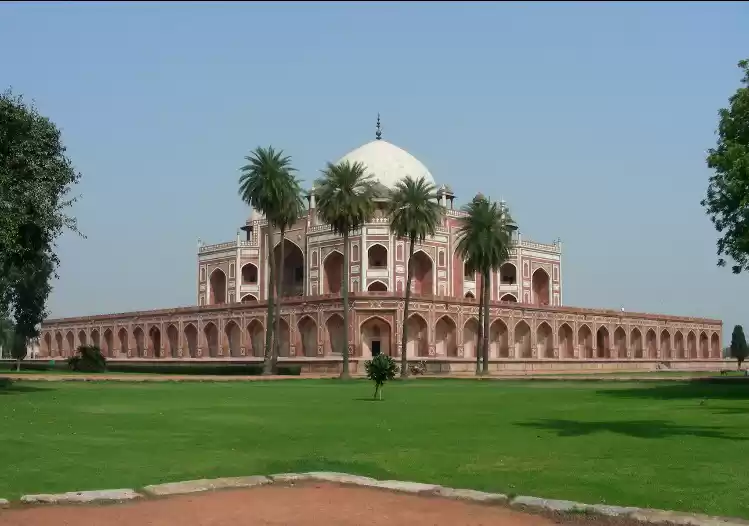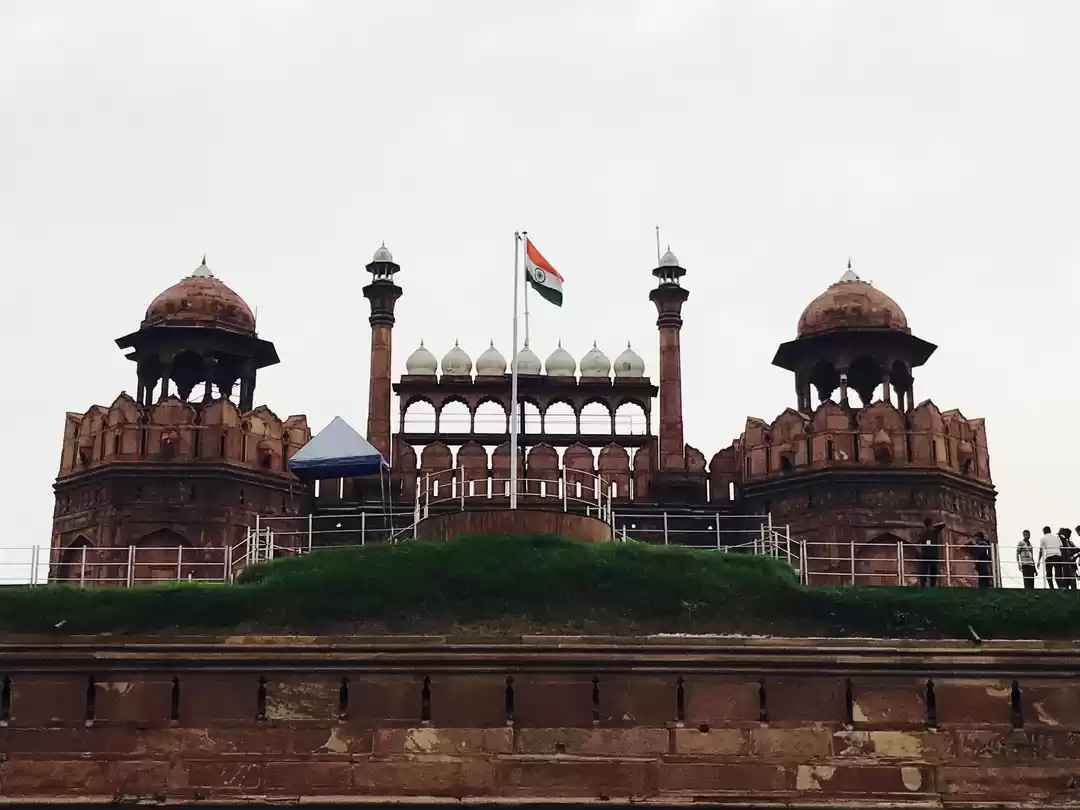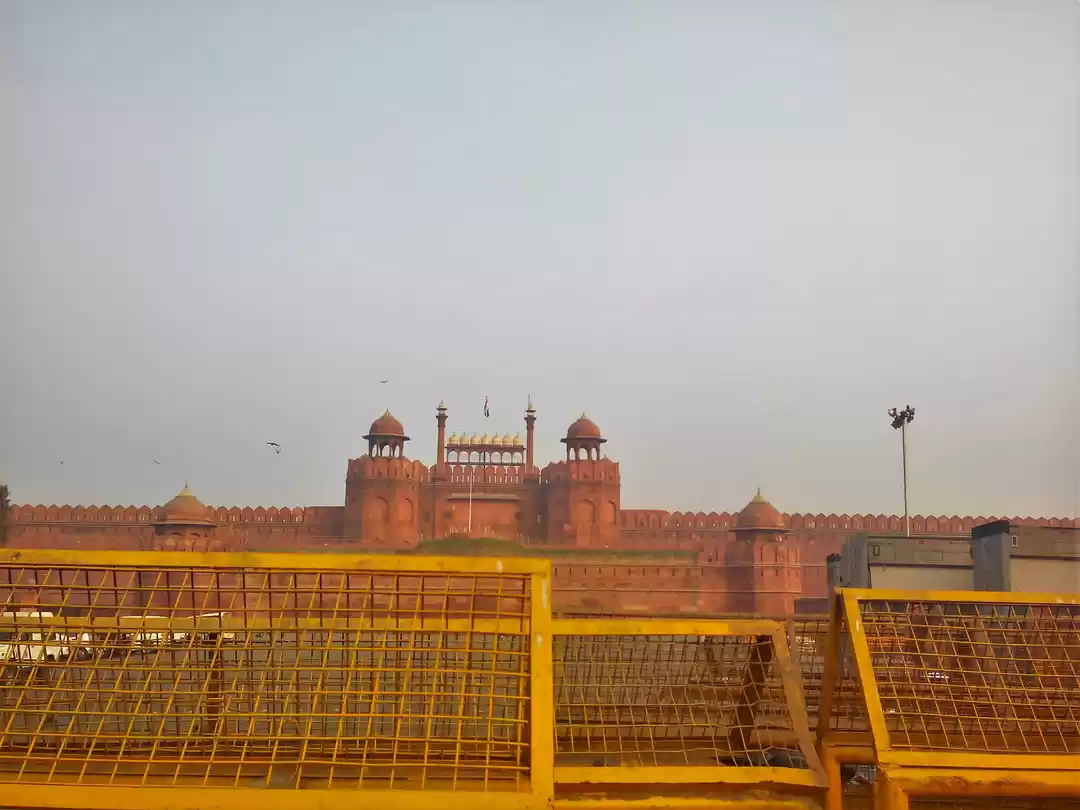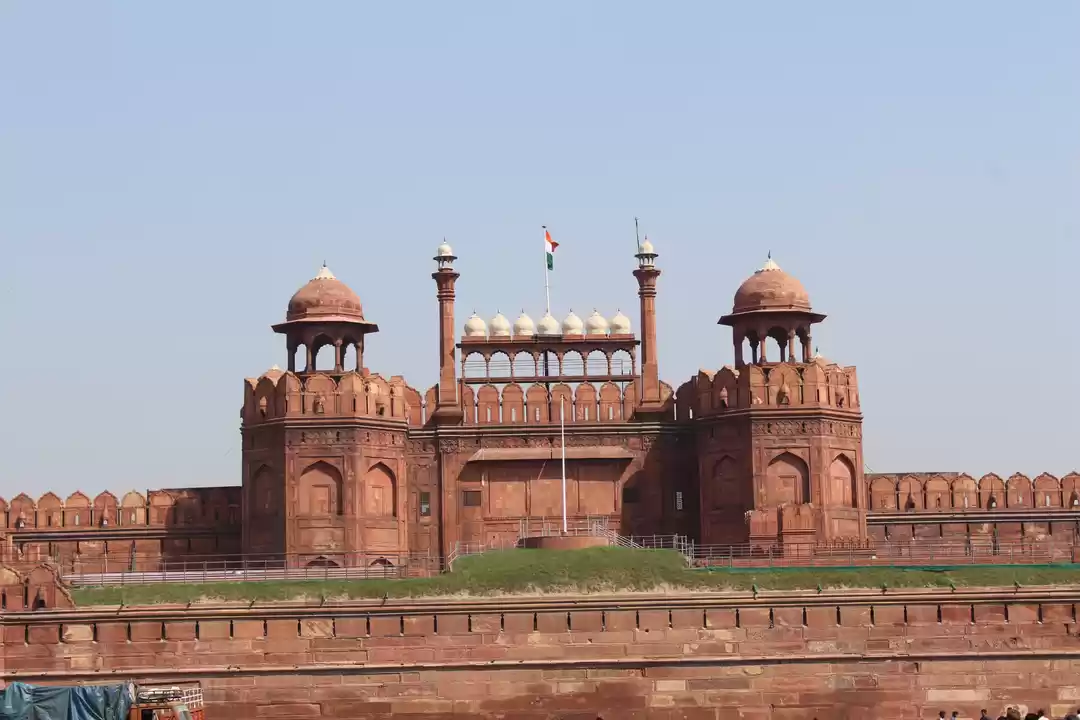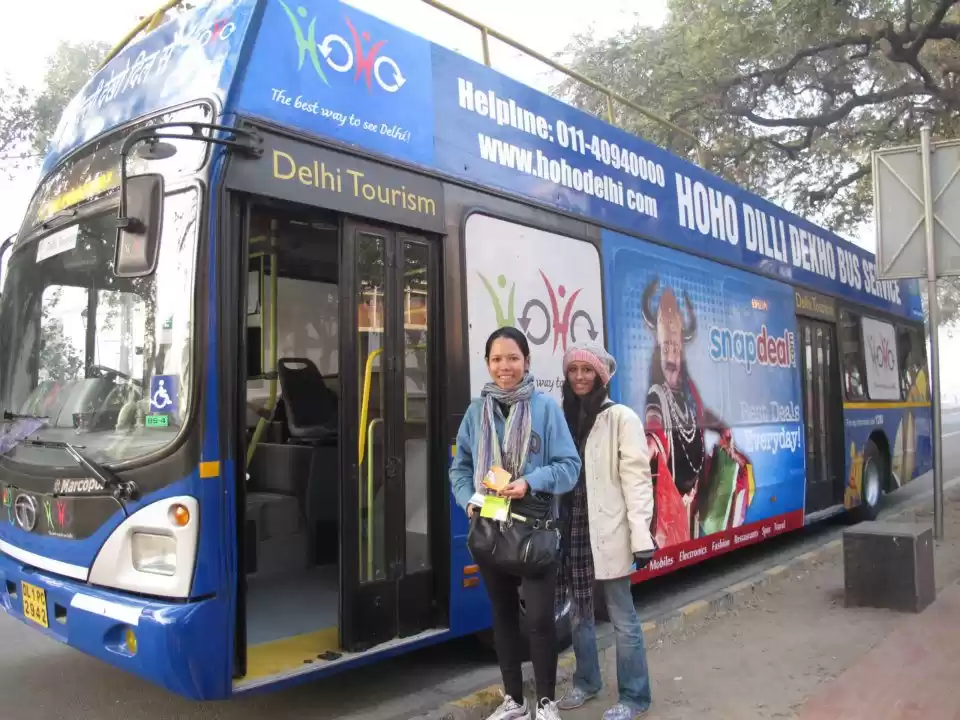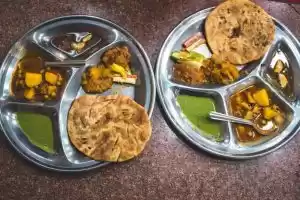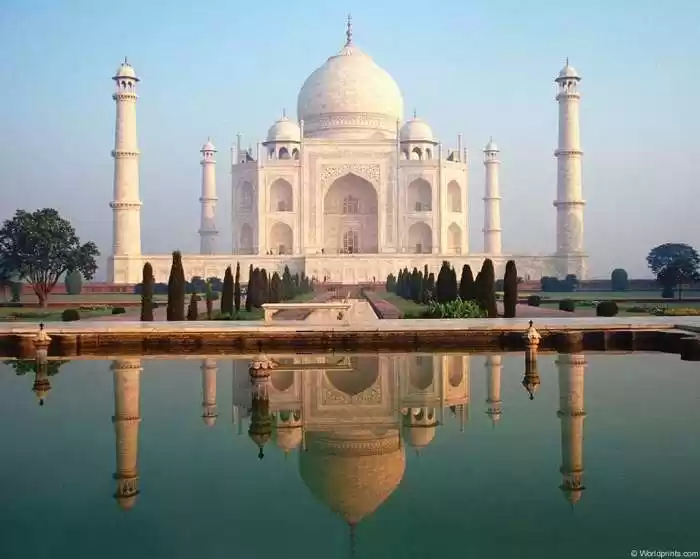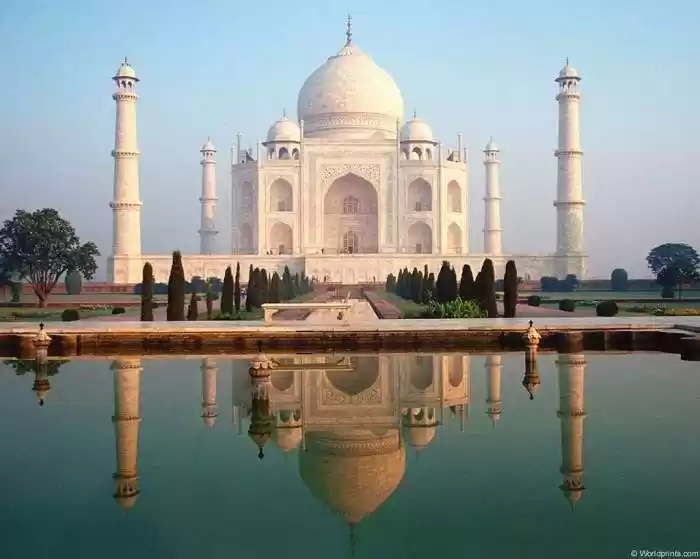
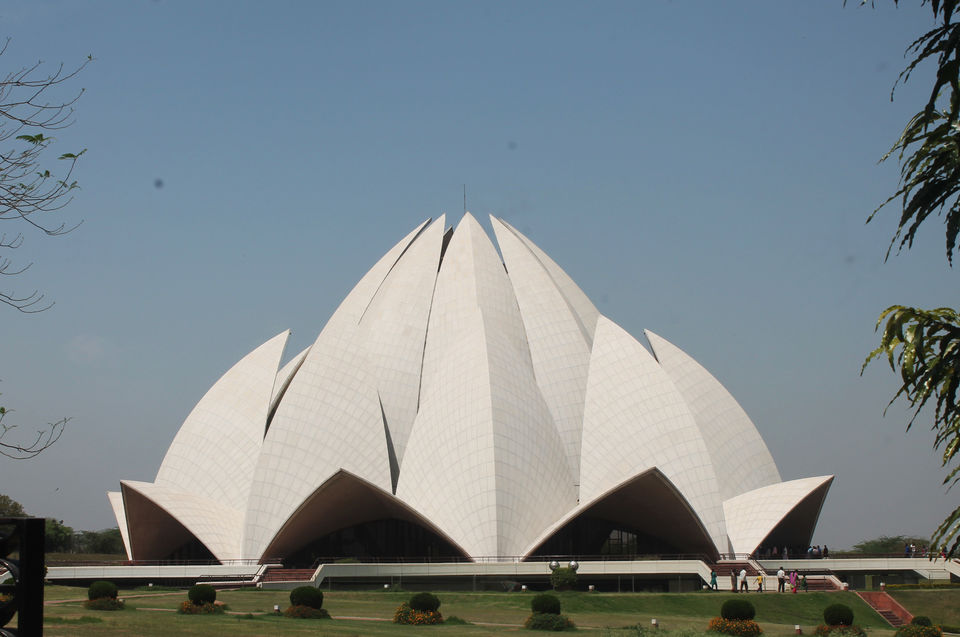
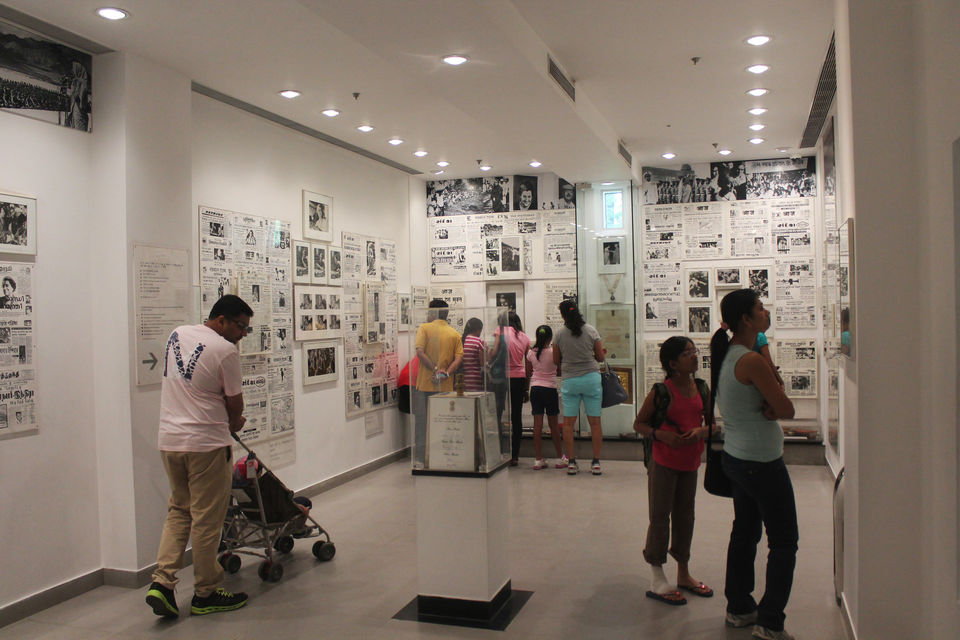
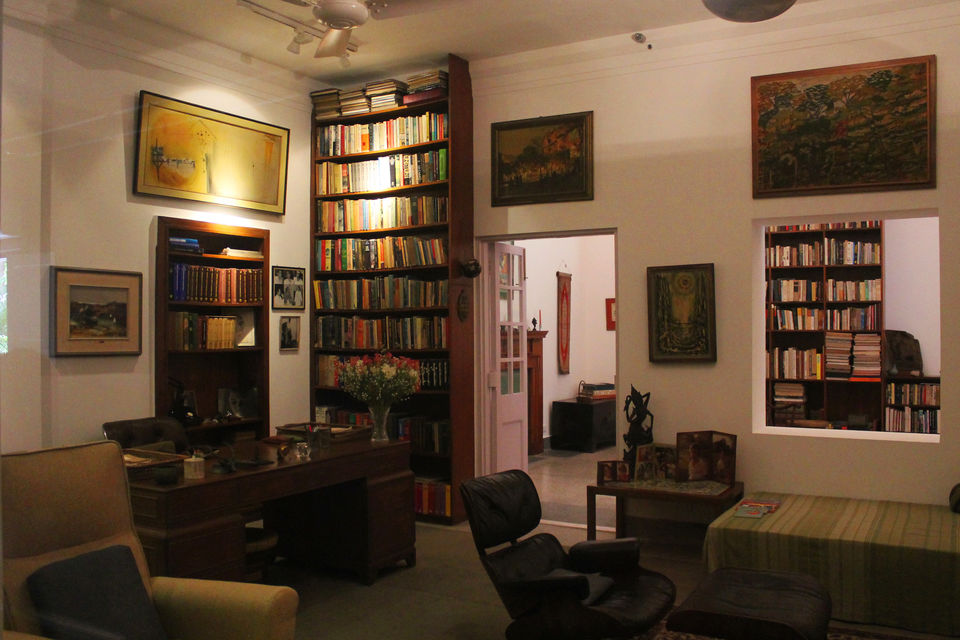
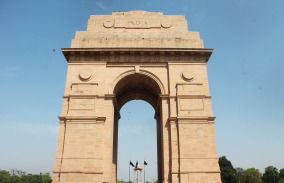
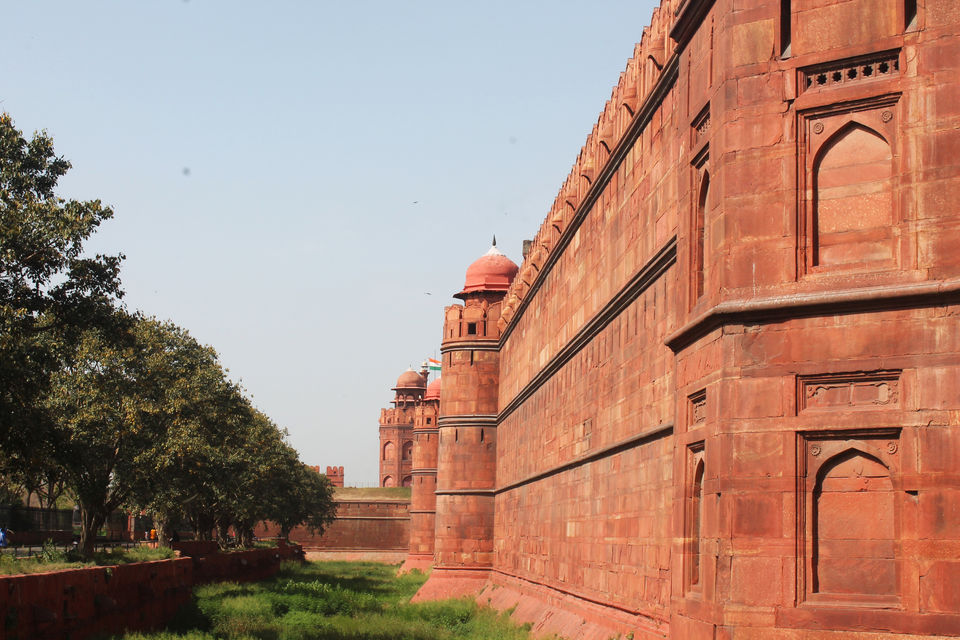
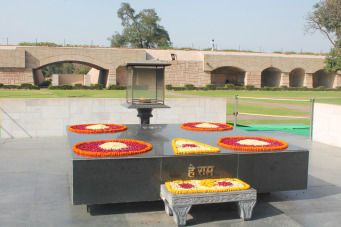
A small background – I’m on a trip of north India and my first stop is Delhi. So this is an account of the same! I decide to hire a cab for the day and cover as much of Delhi as possible. Starting with the monuments closest to the airport, I move throughout the city. One thing you should be ready for is traffic. Also be ready for a lot of history. Places covered - Qutub Minar, Red Fort, Lotus Temple, Raj Ghat, India Gate, Rashtrapati Bhavan, Indira Gandhi memorial and Akshardham temple. If you leave a bit early in the morning(I started at around 10.30am) and have some more patience (the traffic wears you out after a certain point), you can try out Chandni Chowk and the local cuisine as well. You can save time and skip standing in line and going inside the Lotus Temple. And ya, do not miss the Akshardham exhibition! Also, carry a good camera along as a lot of history is waiting there to be captured.
You can follow my blog at www.wanderingamen.wordpress.com where I've written detailed accounts about my travels! Keep tripping! :D
Our first stop is Qutub Minar – you can see it as your flight lands in Delhi. It is less than 30mins away from the airport. The tower is in the middle of a huge complex containing mosques, tombs, the tomb of Iltutmish – the first slave ruler, Alai Minar – an unfinished tower, the famous non-rusting Iron Pillar and other ruins from the Mughal period. There are many beautiful pillared corridors all around the complex. The Qutub Minar itself has five balconies running around it and one can climb up to the very top. However entry was barred. The complex has many good locations for photography.


From there we move to the Bahai Lotus Temple. There was a huge queue outside the temple complex and it would take at least an hour to even enter the premises. Having visited such temples before, we take a hunch that there wouldn’t be anything worth missing within it (which later turned out to be right). So we look for spots and gaps in the trees surrounding the complex to click a few pics.

From there we move to Indira Gandhi’s house – No.1, Safdarjung. A huge house surrounded by beautiful gardens, this is where Indira Gandhi used to live and this has been converted to a museum or memorial of sorts. There are many paper clippings and photos depicting the various phases of her life and significant events during her tenure as the Prime Minister. Her last clothes have been preserved in a glass casing. Various rooms like her study and bedroom have been preserved and we see them stacked full with bookshelves. ImageThen we walk to the part of the house where Rajiv Gandhi lived. The structure is pretty similar – paper clipping along a timeline, his last clothes (there were just some remains of a blasted pyjama, torn socks and shoes) and many photos of the family clicked by Rajiv Gandhi. Then we move outside the house to the beautiful gardens and reach the spot where Indira Gandhi was assassinated by her own guards. The last steps are covered by crystal to symbolize an ever flowing river and the spot where she fell is covered by a plain glass.

Next we go to see the Rashtrapati Bhavan and Parliament. Vehicles are not allowed to stop here and so we zoom across the roads while I set my DSLR to a high shutter speed mode and click away. The buildings are huge with amazing architecture.

We drive down the Rajpath, where the Republic Day parade happens every year, and reach the India Gate. This monument is a war memorial for the Indian soldiers who lost their lives fighting abroad. The sides of the monument are engraved with the names of these soldiers. Also, this place is a haven for the ice-cream wallahs who have placed themselves exactly where sweaty and “fed-up-of-the-heat” tourists can take a cool break.

Our next stop is the Red Fort. The Red Fort is a beautiful structure of red sandstone with characteristic Mughal architecture. There is a moat running along the boundary walls of the fort though it is dry now. We walk up to the front side where the Prime Minister hoists the Indian flag. There are interesting indexes on the outer walls shaped like the helmets of soldiers – probably sentry points. We see a guy selling water and cold drinks from across the boundary railings – this guy was making the most of the Delhi heat. :P

From here we proceed to the Raj Ghat which is the Samadhi of Mahatma Gandhi. Beautiful flower gardens cover the entire complex. The hot floor there is covered by carpets so that Imagepeople can walk up to the Samadhi to pay their homage to the Mahatma. There are many more beautiful gardens and samadhis in the same complex. However, you can skip them to save time.
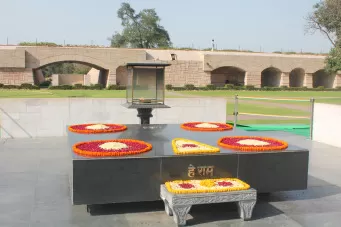
We leave again to our last stop for the day – Akshardham Temple(no photos allowed, so I’ll make the description as detailed as I can). It was almost 5:30pm and that meant we’d miss the exhibition. Oh and before I forget, you are not allowed to carry anything into the temple. No mobiles, no cameras and not even a big handbag. So it’s better to leave your stuff in your car or hotel room or you’d have to waste another hour keeping and retrieving it from the cloak room. We didn’t have to waste that hour as we didn’t bring any such thing. As soon as we entered the temple complex, we rushed to the ticket counter and luckily made it in time for the last show. The first thing that strikes you when you go to an Akshardham temple is its beautiful architecture. With intricate patterns on marble and brilliant sculptures all around, it sure is a treat for the eyes.The exhibition starts off in a theatre where they show a short movie about Swaminarayan and how he gave up everything at 11 years of age and how he attained his spiritual excellence by 21 years. The movie ends and the entire crowd rushes into the exit to the next hall. This seems pretty funny as people are rushing to get the best seats. In the end, some people are left standing. As soon as this show ends, the people standing there rush and get the best seats. Rat race even here! :P But at least everyone is happy. Anyway, this room doesn’t exactly look like a room. This place has a huge tree with statues of many kids playing all around it. Some of them are on the tree and some are playing below it. There is a small lake and a set of seats in a semi-circle beyond it. There are a couple of statues of fishermen standing in the lake. Suddenly, the kid in the middle starts speaking. His hands move, so do his head, lips and everything else. He even blinks his eyes like a real kid. It is a robot which seems just like a real kid. Then the fishermen speak, move hands and even look at us. The whole scene is mesmerizing. It is a story of how the kid in the middle, Swaminarayan makes the fishermen give up fishing because it is a sin to take lives of creatures.Next we step into a corridor and see that it is raining there. Literally. There is even thunder rumbling and we see the front portion of a house. A small boy is walking out of the house and getting drenched in the rain. This one is a still statue but the scene is so real that if we move close to the house, we’ll also get drenched. We then walk through caves and the swami as a child walking through jungles and crossing rivers. The scenes are complete with trees and creepers and snakes. We cross a bridge over a stream and see the swami sitting on a rock in the flowing stream with snakes slithering next to him. Do not get unfazed – all that I’m describing are statues, not real snakes or people. These rooms depict the journey of Swaminarayan across India through the wilderness.After this we enter the open balcony of a village house. We see many life sized statues of people doing different activities. So basically, we have a bird’s eye view of the entire house from the top. Swaminarayan is teaching the inmates. He speaks, nods and blinks. As we look up, we see a blue sky painted. We really get the feel of being inside a village complete with people and everything. The next room is even more awesome. Swami is sitting on a chair and the whole village is sitting around listening to him speak. We can see the excitement on everyone’s faces. The statue next to Swami starts speaking and gesturing. Swami responds to him and gives everyone a few words of wisdom. And then he does something unpredictable. He stands up. He actually stands up! I was awestruck by the ingenious engineering that had gone behind all this. The scenes look so natural. You look to the left and see two women speaking in the village. You look to the right and see that a lady is closely watching the proceedings from behind a pillar. And then you feel that you are actually sitting in that village.After this, we enter a huge theatre. This place is filled with people – probably waiting for the hall to fill up. We happened to be last group, luckily, so the movie started as soon as we were in. It is a 40 minute documentary on the life of Swaminarayan. The kid in the movie acting as the Swami was really cute and innocent and felt apt for the role. After this was the boat ride. The boat is shaped like a giant paddle boat – without paddles. :P There is a chain and track along which the boat moves. This one is a still exhibition of the rich heritage of India and how India has contributed to the world. With this ended the 2 hour exhibition at Akshardham.

Frequent Searches Leading To This Page:-
delhi in a day tour, delhi one day bus tour, delhi full day tour, delhi 1 day itinerary, delhi one day itinerary, delhi tour package itinerary


